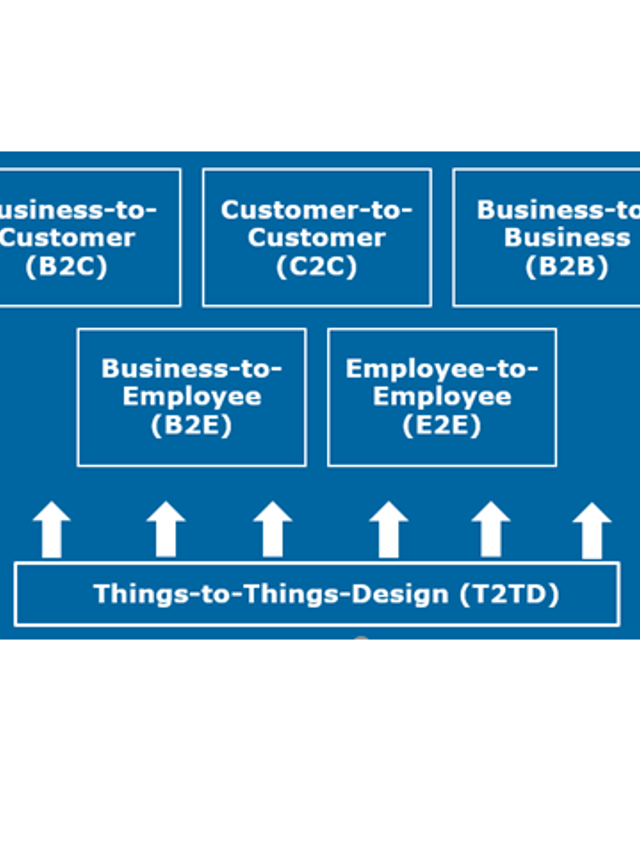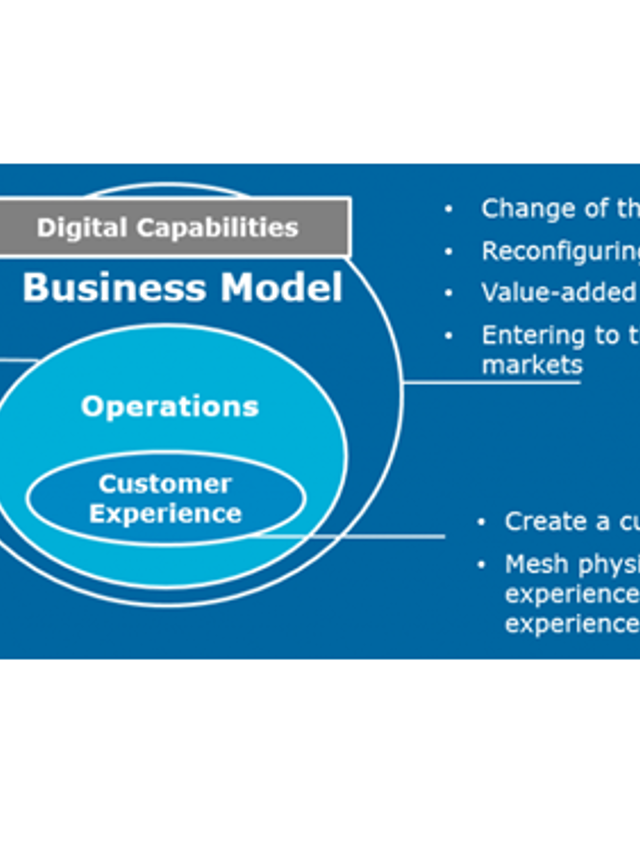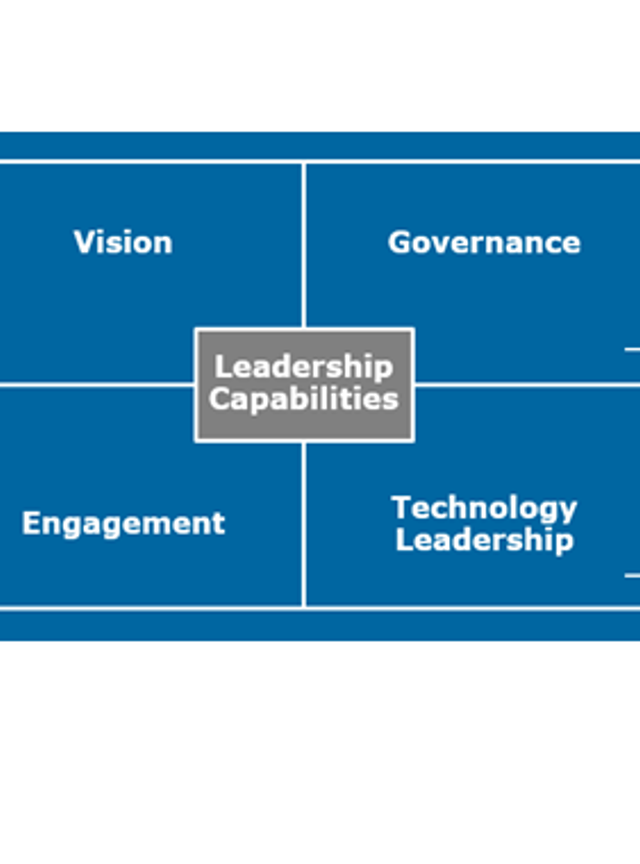23. September 2020 By Beatrice Malova
How to start Business with Internet of Things?
One of the latest and most prominent technological achievements today is the Internet of Things (IoT). The traditional business is on the verge of reinventing itself. Introduction of IoT to existing traditional businesses has potential for new business opportunities. The focus by using IoT lays on the capability to design such interaction, which provides business value, which did not exist before with traditional business model.
Higher Interaction and Connection
IoT platforms allow the use of technology for higher and better interaction between connected people and devices. The connection occurs through the devices, equipped with different kind of sensors. Sensors provide environmental information to the platform (IoT platforms) and users can then interpret these data to information. Thus leads that, the user is more aware of its environment and can decide better based on new information. Information transparency increase to all actors. More information is available. As a result: economic decision and economic exchange can be changed because more factors can be considered than before. More available information allows to use the increased transparency for better adjustment of prices, products and services. For example, an insurance company can decrease insurance rates because more information is available and the appropriate assumption of the risk is easier. So, the problem with asymmetric information becomes step-by-step obsolete.
This post focuses on supporting business leaders, who thinks about doing business with an IoT platform. It includes a self-assessment questionnaire (downloadable at the end of this post) to support decision-makers in the IoT business design. It helps to identify use cases and requirements relevant to own business. With the result of this self-assessment, the further selecting of the appropriate IoT platform for your business will be easier.
Devices are centrally managed by platforms. Very often these platforms are provided by a third party. Development of own platforms is often more expensive as to select the existing one. These platforms have many features and business functionalities. Selection of the right IoT platform is not an easy decision. With the checklist of this post the first decision finding can be supported.
The success and smoothness of this change is depending on the existing business transformation capabilities of every business leader. Consequently, for every business leader arises questions about how to adapt its own business to IoT technology and platform.
Key Questions for IoT Business
The key questions for business leaders are: How can IoT platforms be integrated into my business? What advantages can I expect from using IoT platforms in my business?
Also, the IoT platforms allow to develop further business opportunities such as:
- personalized customer experience,
- personalized digital marketing,
- personalized value-added services,
- maintenance,
- standardization of processes,
- empowerment of users,
- participation on several business ecosystems
- and many others.
With IoT platforms, the business model of an organization can be totally reconstructed.
Things-to-Things-Design - New Business Ways
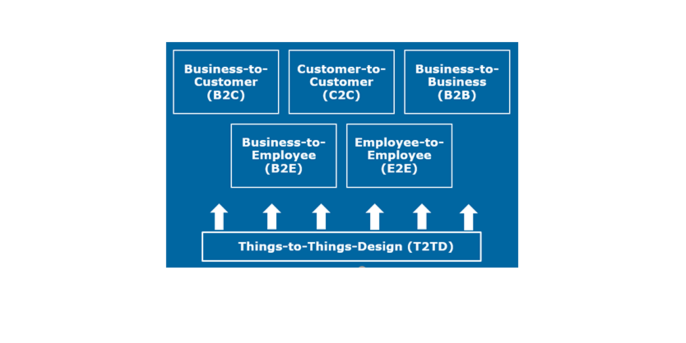
Picture 1: Business relationships and Things-to-Things-Design
With IoT platforms the known business relationships can be influenced totally by things-to-things-design (T2TD). T2TD stands for the design of interaction embodied in the design of devices, sensors and platforms and so used by humans (see picture 1). The interaction of different devices and people is nothing new. What`s new is that the existing business relationships can be changed and additional business value can be generated in new manner.
Let us summarize our results: as a cornerstone to your IoT solution, the quality of the IoT platform infrastructure will influence the new opportunities for your own business design and is highly eminent to achieve proficiency in digital IoT business.
Methodology for the IoT Business Check List
The self-assessment check list facilitates the identification of the specific requirements which should suit to the business strategy and activities. It triggers the creation and design of new business tactics.
Digital Master and Capabilities - An holistic approach
The Implementation of new business opportunities should occur in systematic and reflected way. The future market position of the digital transformed organization should response adequately to all new challenges at the market. Our approach is to reach the market position called “Digital Master” by G. Westerman (Westerman, G., Leading Digital, Massachusetts 2014). Westerman reveals in his book “Digital Leading” that the “Digital Master” is the most digital advantageous position in the market for a company using digital technology. Thus, a company with status of Digital Master has both strong leadership capabilities and digital capabilities. These capabilities enable the company to handle the right technology (digital capabilities) and the right measures for sustainable change in the organization (leadership capabilities). It is obvious that these two capabilities are essential for running a successful digital business.
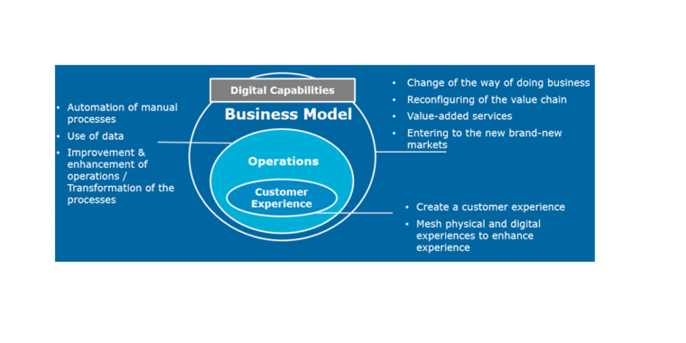
Picture 2: Digital Capabilities and IoT Business Indicators
Westerman divided the digital capabilities in three main categories (picture 2): business model, operations and customer experience. The leadership capabilities content the categories: vision, engagement, governance and technology leadership.
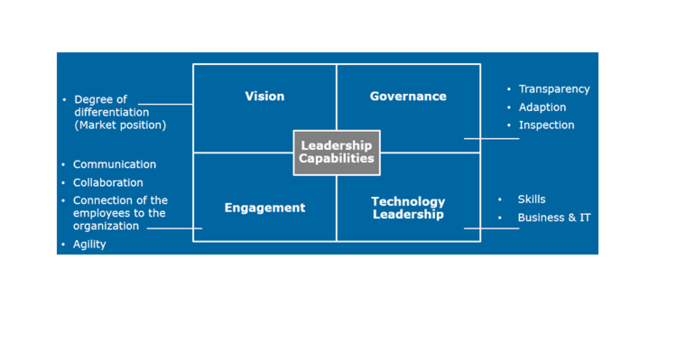
Picture 3: Leadership Capabilities and IoT Business Indicators
We deviated indicators for the check list from the above capabilities (see picture 2 and 3).
The transformation to the digital business model with all benefits and opportunities should also occur in sustainable and comprehensible way. With this holistic approach, digital business design allows to identify innovative economic interaction. In addition, a diligent user can also add further dimensions to digital and leadership capabilities.
How to use the IoT Business Check List?
We identified 19 key indicators, enriched with questions. The questions aim to identify requirements for the digital business model. You can answer with "yes", "no", or "unknown". All question answered “yes” will stand for needed requirements in your future digital IoT business model. In contrast, ones with "no" will stand for requirement not needed. Please answer "unknown" in case of you need more information about this specific requirement.
Download here:
self-assessment check list to check the maturity of your business for IoT
If you have any questions, please do not hesitate to contact us.


